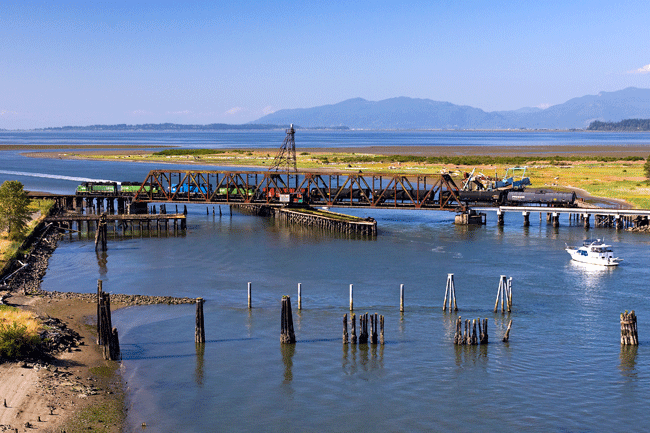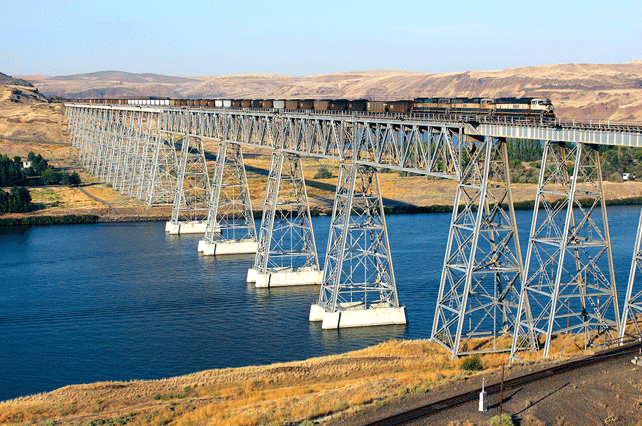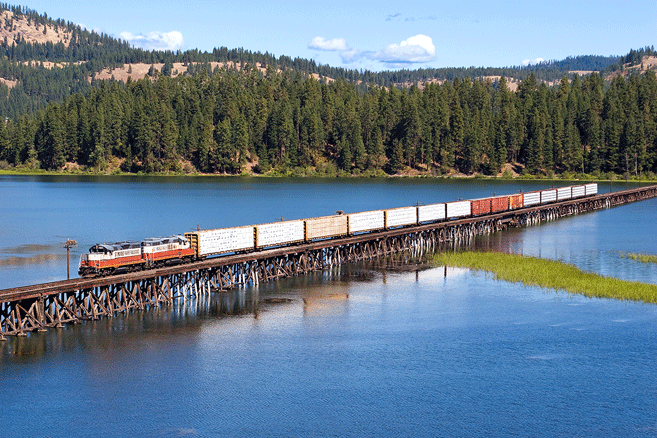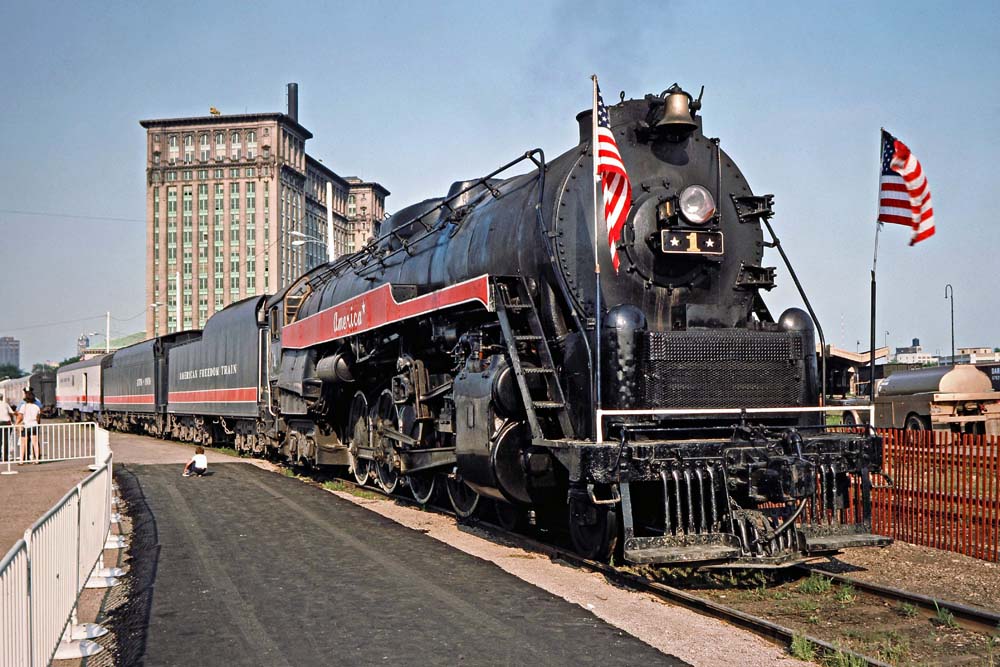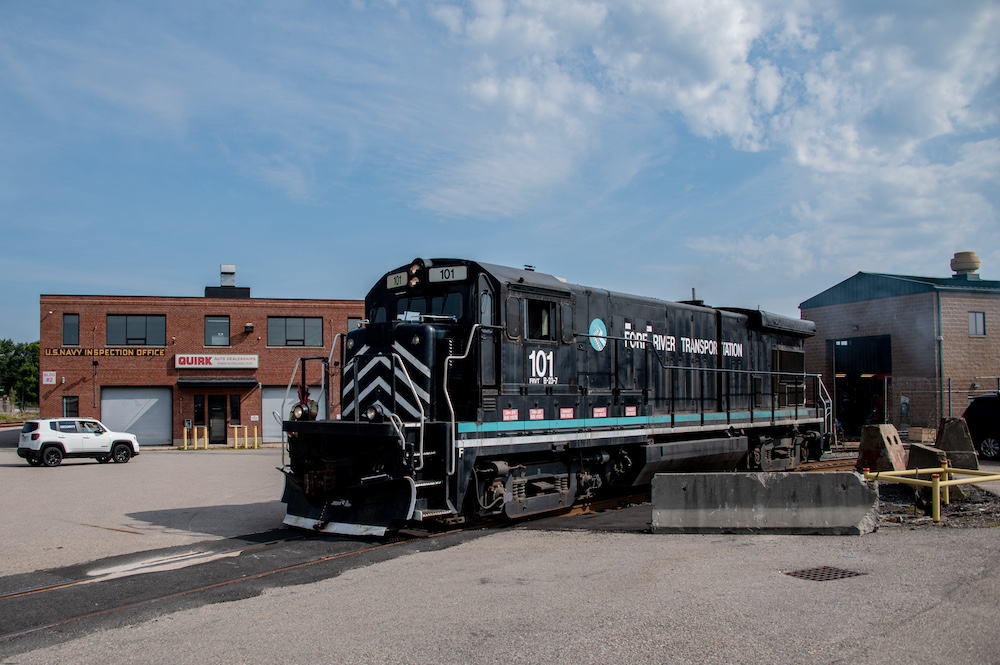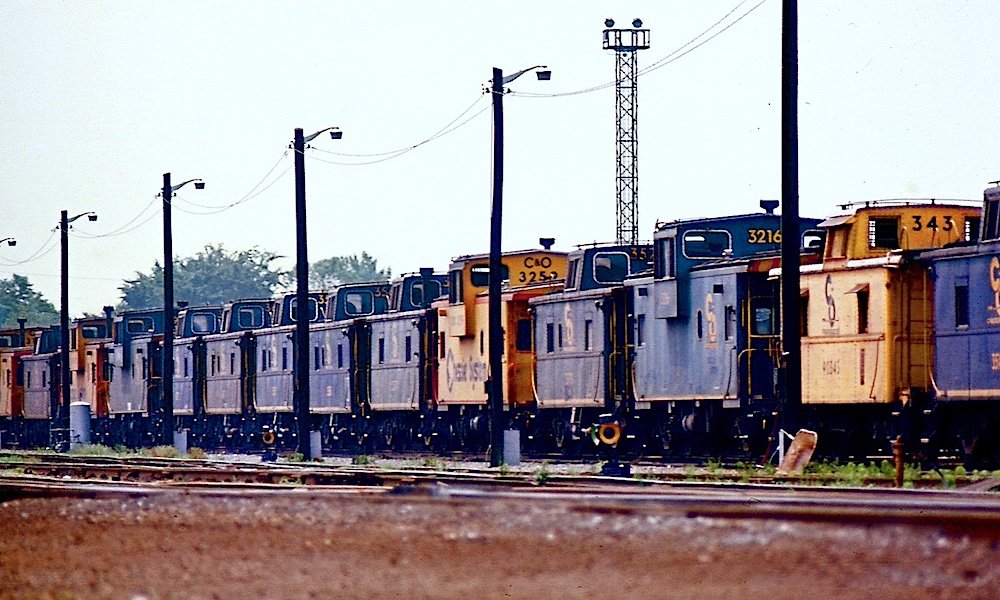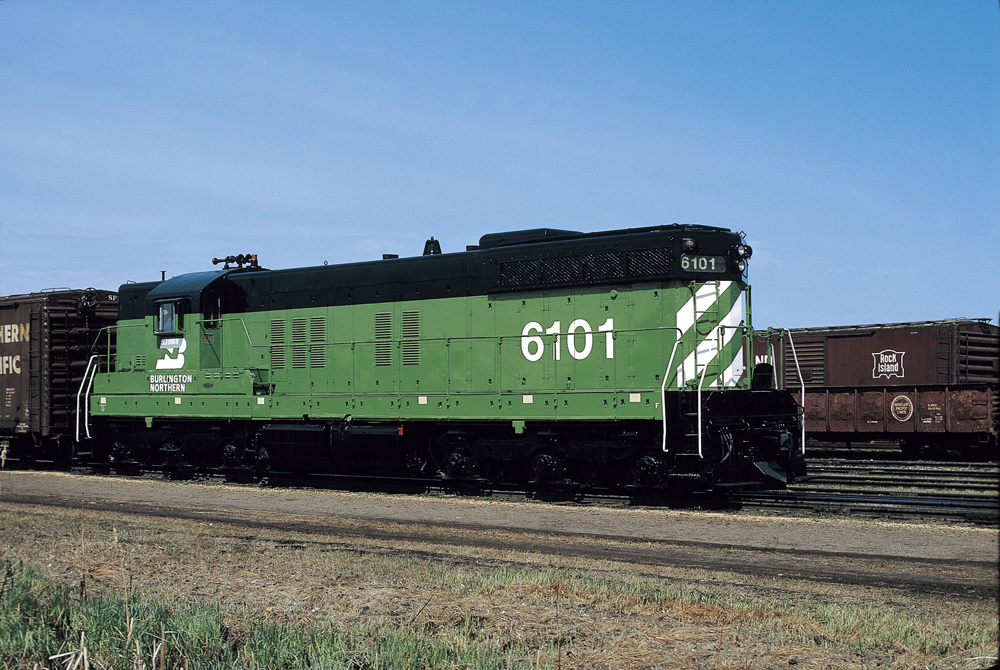What's the difference between them?
Q From the perspective of the railroads, what is the difference between bridges, trestles, and viaducts? – Ron Dutton, Los Angeles
A The term “bridge” is a generic description for a structure that carries transportation infrastructure over an obstruction. Railroads define their bridges by the types of spans used, such as “through riveted truss swing span with timber pile trestle and concrete box girder approaches” (see photo 1). The terms “trestle” and “viaduct” refer to types of bridges, but these designations can be confused because a bridge may be named independent of how engineers would define the structure (such as the Indiana Rail Road’s Tulip Trestle in Indiana, which is technically a viaduct).
Viaducts (photo 2) cross a great distance with towers supporting longer spans at a substantially higher elevation than the ground or water level. Both steel structures and multi-span masonry and concrete arches fall into this category.
By contrast, a trestle (photo 3) comprises a series of short spans supported by bents or piles and can vary greatly in both length and height, from small bridges over streams to long, low structures stepping across wide bodies of water to massive frameworks crossing deep valleys. Older timber structures are still common, while modern construction favors concrete beams or box girders on steel piles. – David Honan, railroad project engineer, HDR Engineering Inc.





